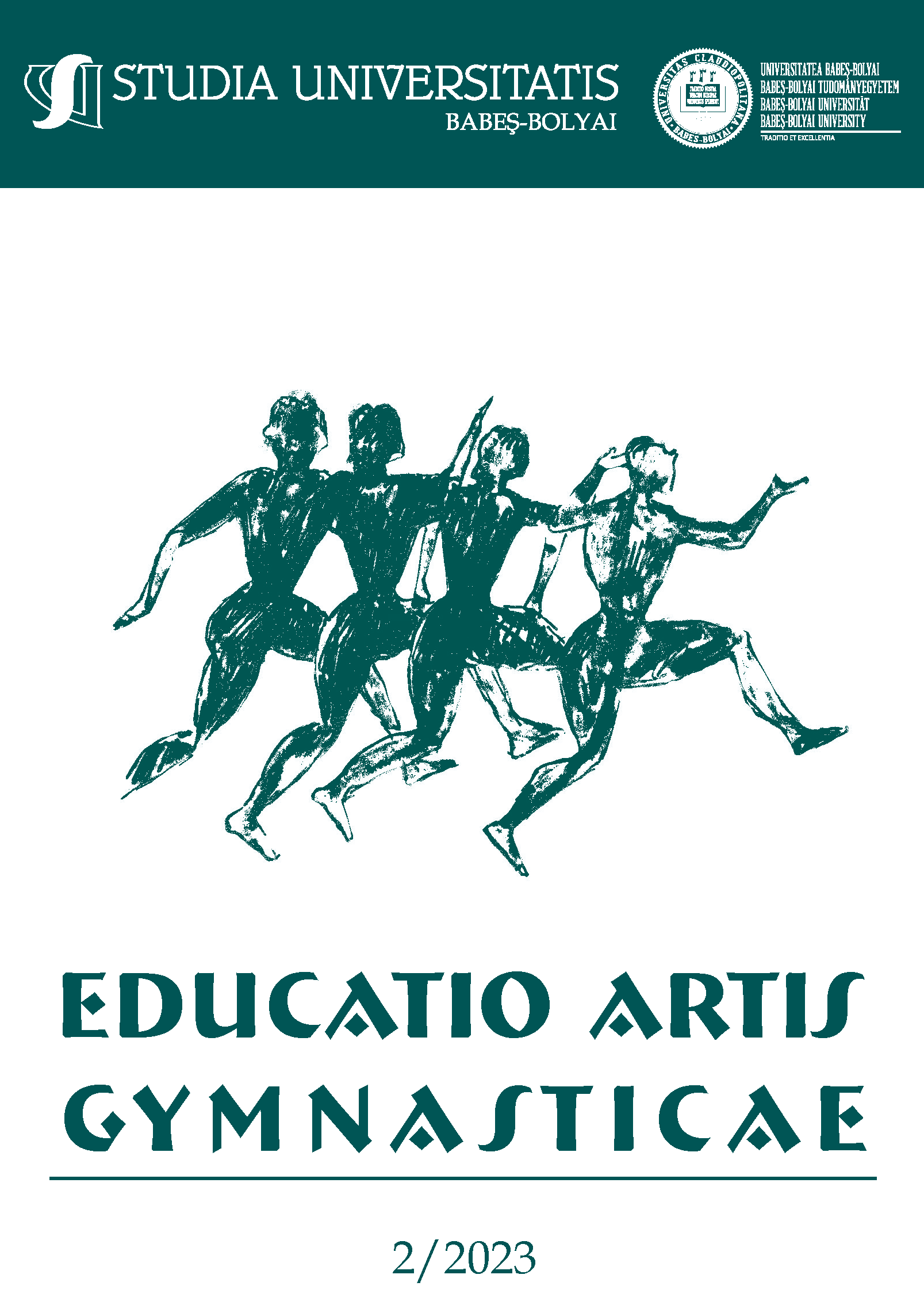THE IMPORTANCE OF VIDEO ANALYSIS IN HUNGARIAN FOOTBALL
DOI:
https://doi.org/10.24193/subbeag.68(2).17Keywords:
football, video analysis, questionnaire.Abstract
In results-oriented football, teams use innovative technologies to increase efficiency. One of these technologies is video analytics, and we explore its importance in Hungarian football. Our research hypotheses are based on assumptions, based on which we interviewed video analysts of NB1 teams who were given a questionnaire with different questions to answer and based on their answers we evaluated their opinion on video analytics, what advantages and disadvantages could be derived from the use of video analytics. Also, how many video analysts per team are employed by an NB1 team and to what extent video analysts cooperate with scouts to help them identify talent? In our research, 20 NB1 video analysts have completed the questionnaire so far. Statistical calculations were calculated using a one-sample Wilcoxon test and a binomial test. The video analysts’ answers showed that video analysis is actively used to analyze the opponent’s game. Furthermore, video analysis is also used to analyze player performance, to develop training plans and to select new players. All in all, it can be clearly concluded that the use of video analysis has more advantages than disadvantages and that video analysis plays a positive role in Hungarian NB1 football.
Received 2023 January 18; Revised 2023 June 15; Accepted 2023 June 16; Available online 2023 July 30; Available print 2023 August 30.
References
Bailey, R., & Darkes, J. (2007). The influence of video feedback on performance and perceptions of tactical behavior in under-19 soccer players. Journal of Sports Science and Medicine, 6(4), 535-541.
Carling, C., Williams, A. M., & Summerbell, C. (2008). The influence of feedback on the tactical behavior of under-14 soccer players. Journal of Sports Science and Medicine, 7(1), 96-102.
Cotta, L. (2016). Using FIFA Soccer video game data for soccer analytics. Computer Science, 1(4).
Csáki I., Takács M. (2020). Labdarúgás és tudomány (244. oldal). Pro-Kvóta 2004 Kft., Felcsút, Magyarország.
Franklin, A., & Williams, A. M. (2010). The influence of video feedback on team tactical behaviour in soccer. Journal of Sports Science and Medicine, 9(1), 99-105.
Hassink, A., & De Meester, B. (2008). The use of video feedback in coaching: a systematic review of the literature. International Journal of Sports Science and Coaching, 3(1), 1-11.
Hughes M., Franks M. (2008). The essentials of sports performance analysis. An introduction (43. oldal). Routledge, New York, Egyesült Államok.
Hughes, M., Bartlett, R., & Carter, S. (2011). The role of video analysis in professional football. International Journal of Performance Analysis in Sport, 11(2), 303-317.
Lindström, B. (2008). The use of video analysis in football: experiences from the Swedish elite football. Journal of Sports Science and Medicine, 7(3), 392-397.
Peńa, J. L., Touchette, H. (2012). A network theory analysis of football strategies. Computer Science, 6(6).
Tenga, A., & Böhm, K. (2010). The use of video feedback in soccer coaching: a review of the literature. Journal of Sports Science and Medicine, 9(1), 61-71.
Downloads
Published
How to Cite
Issue
Section
License
Copyright (c) 2023 Studia Universitatis Babeș-Bolyai Educatio Artis Gymnasticae

This work is licensed under a Creative Commons Attribution-NonCommercial-NoDerivatives 4.0 International License.



